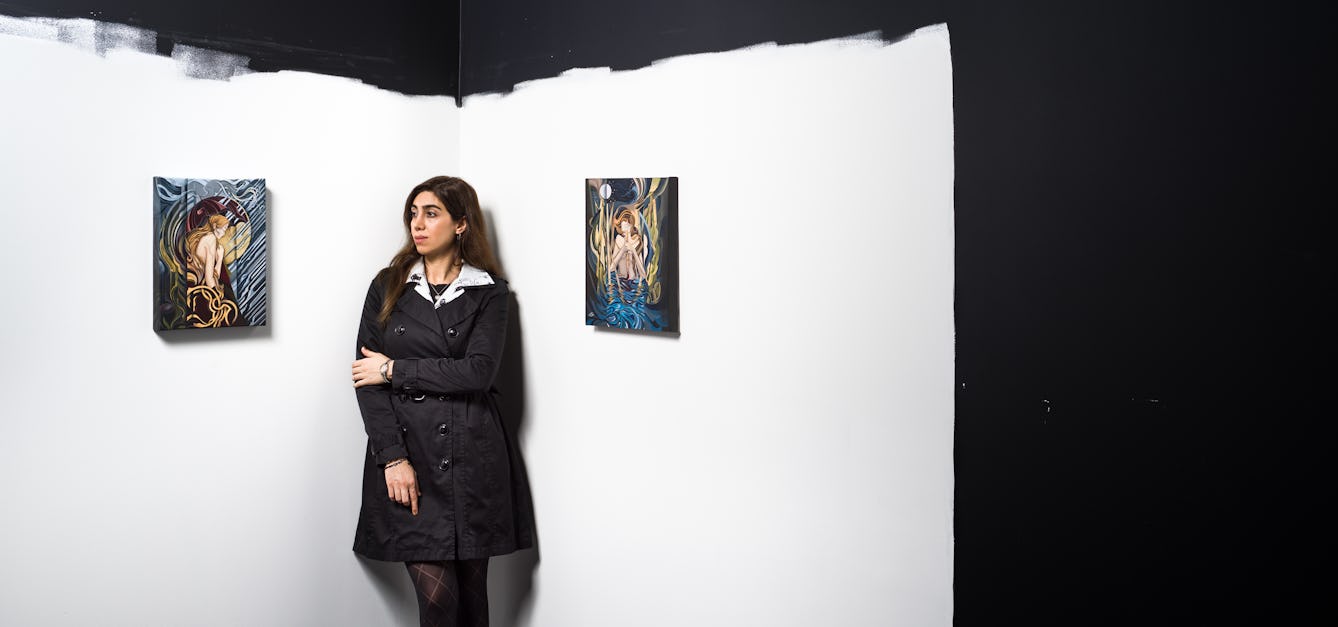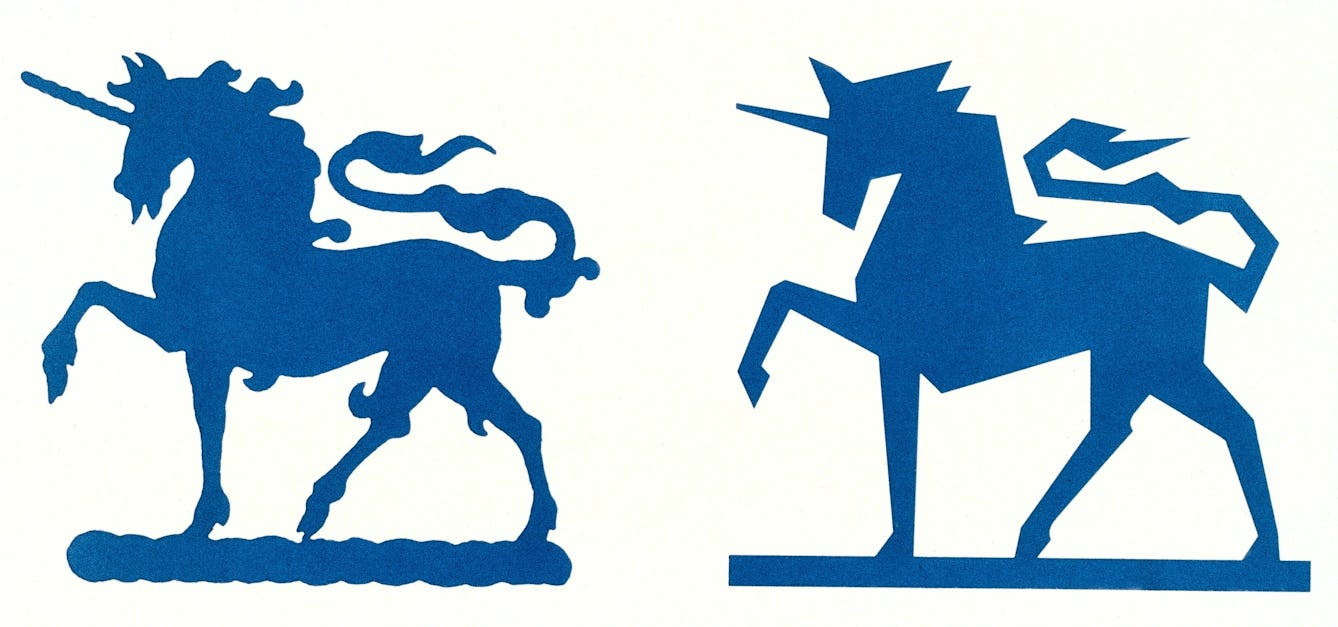Stories

- Interview
Refugee health on a pound a day
Two refugees living a hand-to-mouth existence in the UK explain how trauma has affected their health, and how a little kindness is bringing them hope.

- Article
The evil eye and social anxiety
The ‘look’ of the evil eye is believed to bring bad luck, illness or even death. This ancient curse might be deliberate, inflicted with an envious glare, or it could be accidental, the result of undue attention or excessive praise.

- Article
What our facial hair says about us
Five bearded and moustachioed men choose five hirsute archive images to help them reflect on the way facial hair is linked with personality and identity.

- Article
The power of unicorns
Discover the unlikely connection between pharmaceuticals and unicorns.
Catalogue

- Pictures
- Online
Iran: a roadway leading towards a town with a decorative mosque (?); barefooted townspeople on the road. Photograph (by William Morgan Shuster ?), 1910/1920 (?).
Date: 1910-1920Reference: 563071i- Archives and manuscripts
Iran and Kuwait
McMichael, Sir John, FRCP, FRCPE, FRS (1904-1993) CardiologistDate: 1968-1976Reference: PP/JMM/H/5Part of: McMichael, Sir John (1904-1993)- Archives and manuscripts
Iran
Date: 1958Reference: PP/MAC/C.8Part of: Macdonald, Professor George- Archives and manuscripts
Iran
Date: 1970-1977Reference: SA/ICM/G/4/19Part of: International Confederation of Midwives- Archives and manuscripts
Iran
Date: 1986-1998Reference: SA/WFO/H/11Part of: World Federation of Occupational Therapists (est.1952)









